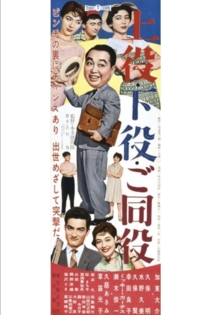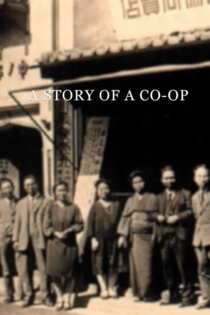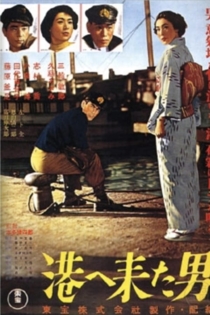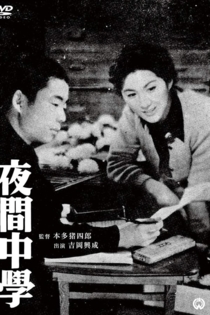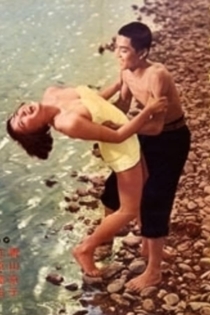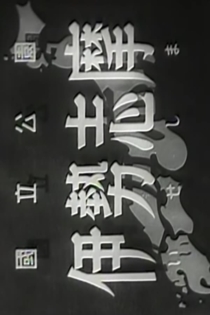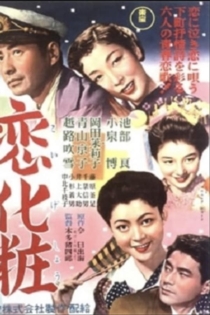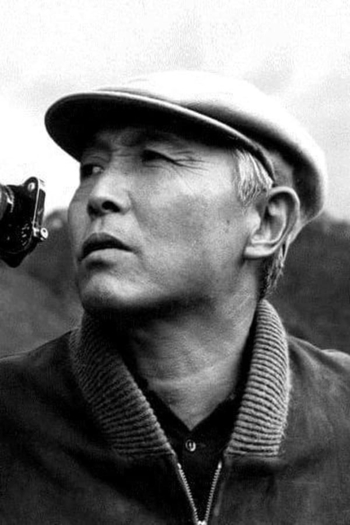
Ishirō Honda
1911 - 1993Alongside his film duties, he was drafted into the Imperial Japanese Army during World War II in China and was a prisoner there when the war ended.
Description above from the Wikipedia article Ishirō Honda, licensed under CC-BY-SA, full list of contributors on Wikipedia.
Godzilla Fantasia
Ishirō Honda, Senkichi Taniguchi
Akira Ifukube has arranged music from his fantastic films into a three-movement symphony, presented here with scenes from the films the music was originally written for. The second half features Makoto Inoue's synthesizer arrangements of Ifukube's music. In this portion, all the music is by Ifukube, but it shows scenes from films Ifukube did not work on. Showcases footage from various monster and science fiction films from Ishiro Honda as well as scenes from Senkichi Taniguchi's Adventure of Kigan Castle.
Godzilla Fantasia
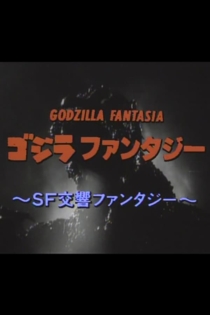
お嫁においで
Ishirō Honda
Keiko Sawai, Yûzô Kayama
Masako is a humble waitress who has a chance encounter with playboy Tamotsu. With the aid of his sister, Tamotsu seeks to win Masako's affection despite the disapproval of his wealthy parents and Masako's own feelings towards the working-class cabbie Noro.
Come Marry Me
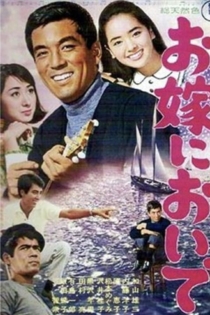
Stray Dog
Akira Kurosawa
Toshirō Mifune, Takashi Shimura
A bad day gets worse for young detective Murakami when a pickpocket steals his gun on a hot, crowded bus. Desperate to right the wrong, he goes undercover, scavenging Tokyo’s sweltering streets for the stray dog whose desperation has led him to a life of crime. With each step, cop and criminal’s lives become more intertwined and the investigation becomes an examination of Murakami’s own dark side.
Stray Dog

Aoi shinju
Ishirō Honda
Yuriko Hamada, Yukiko Shimazaki
Though recognized worldwide almost exclusively for his colorful kaiju fare, director Ishirō Honda (Godzilla, Rodan, Mothra) was a natural humanist with a particular understanding of the relationship between people and their social environs. His debut fiction feature, The Blue Pearl (Aoi Shinju) – virtually unseen in the west until now – depicts the melodramatic, but keenly-observed interplay between a young man from Tokyo and two ama (pearl divers; literally “women of the sea”) in a superstitious coastal town. Though raised within the same tradition-bound crucible, the two women – Noe and Riu – are portrayed as diametric opposites; the former meek but affectionate, the latter strong-willed but jaded by a tryst with metropolitan life. Nonetheless, Honda provides equal weight to their desires and their ambitions to break free from the social mold imposed upon them from birth.
The Blue Pearl


